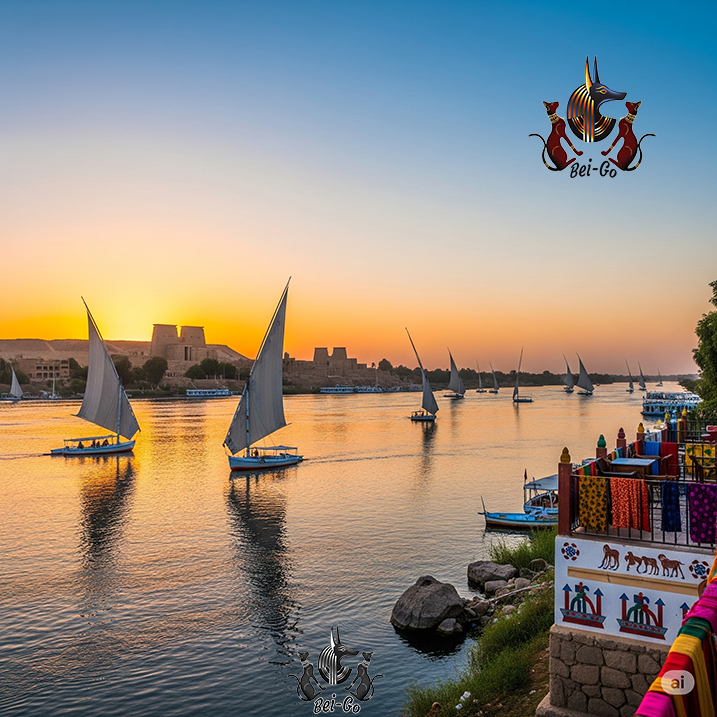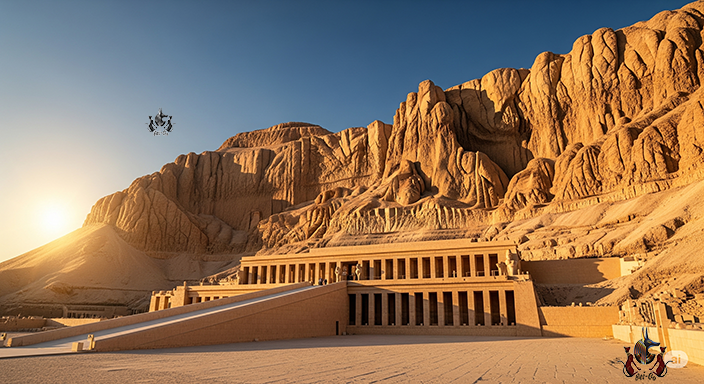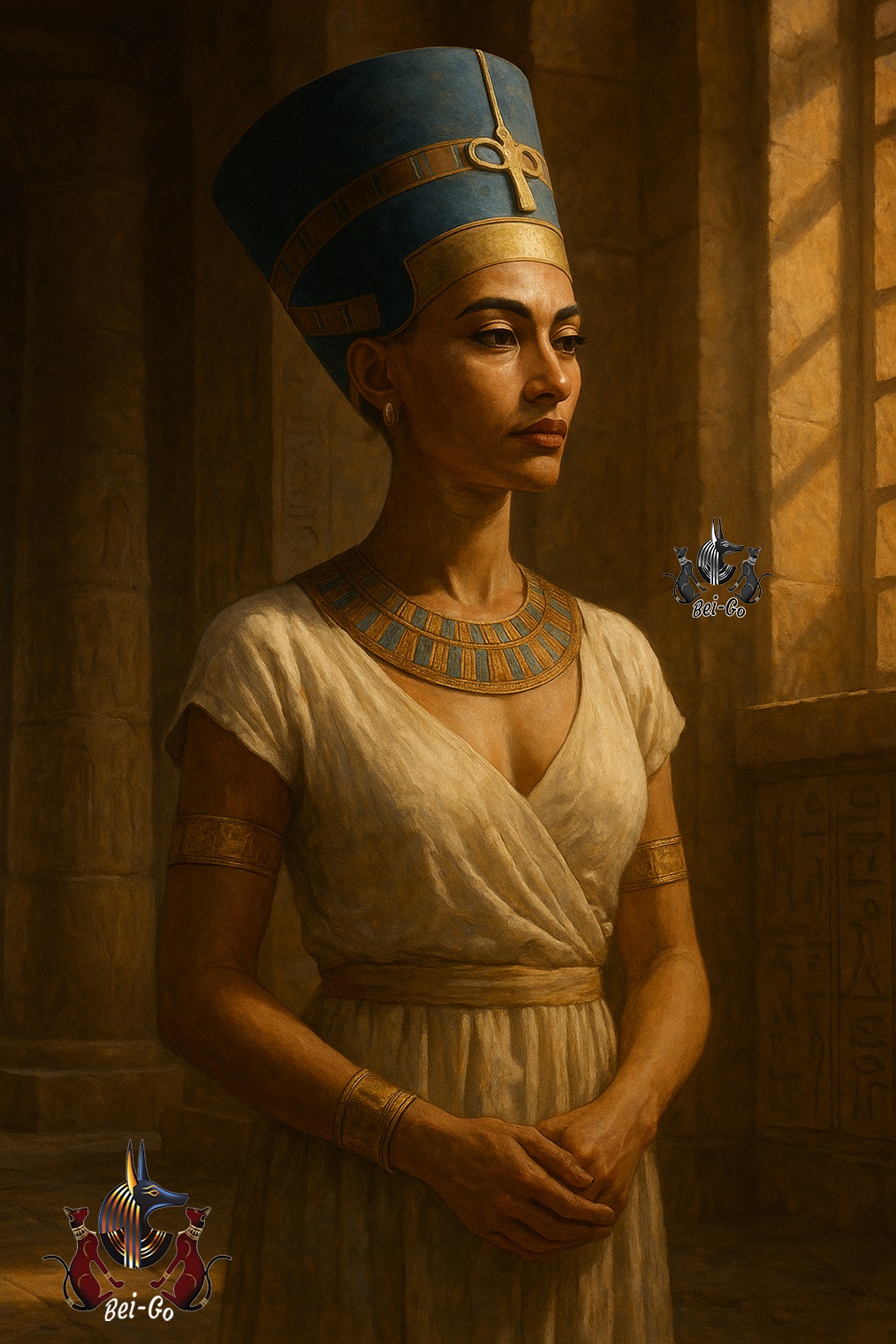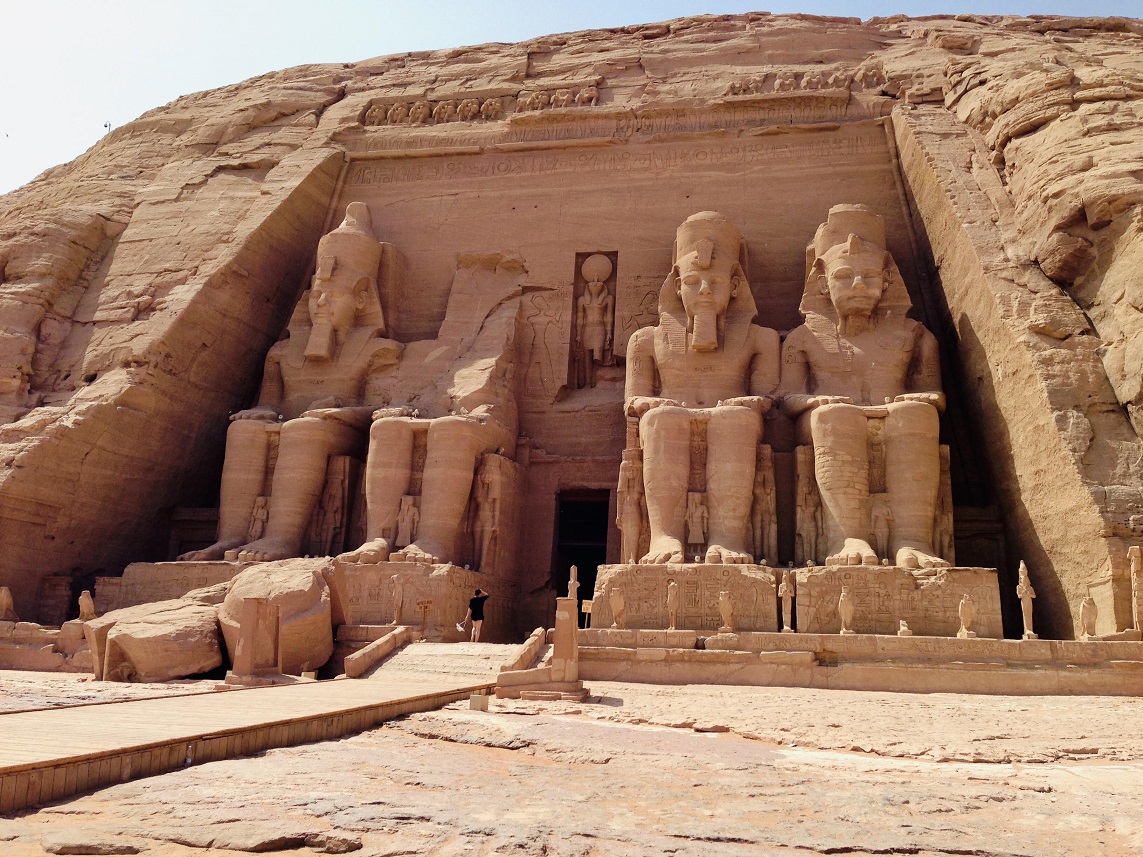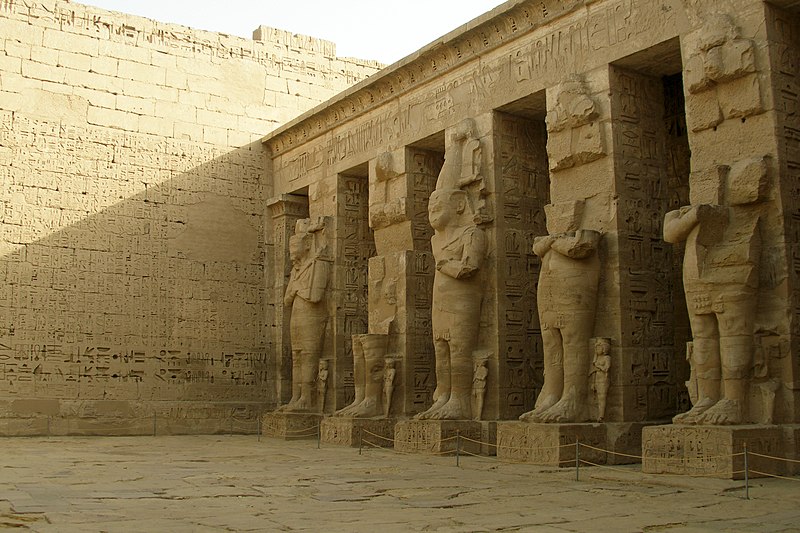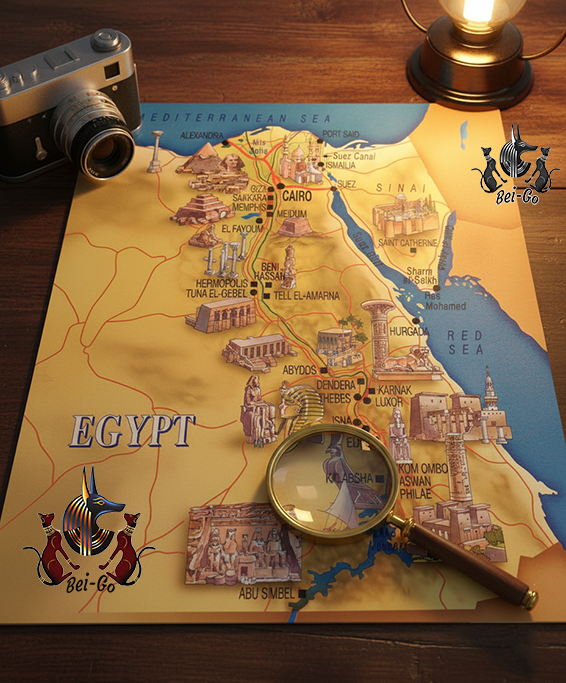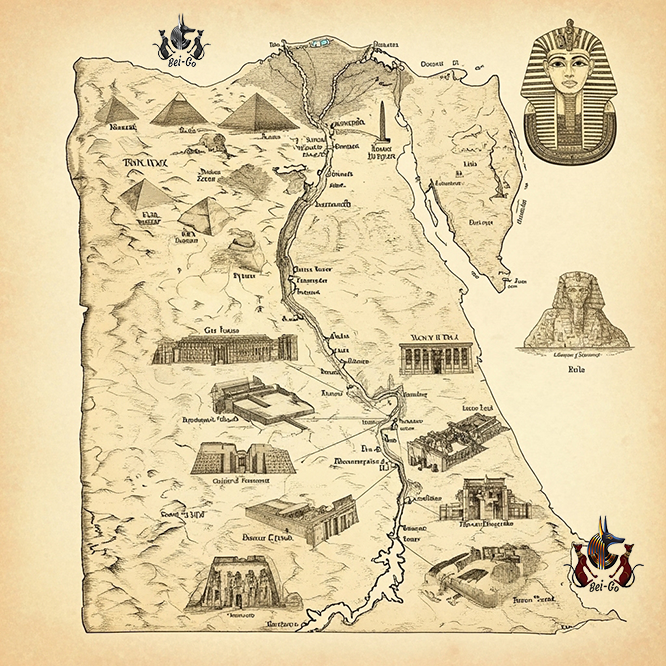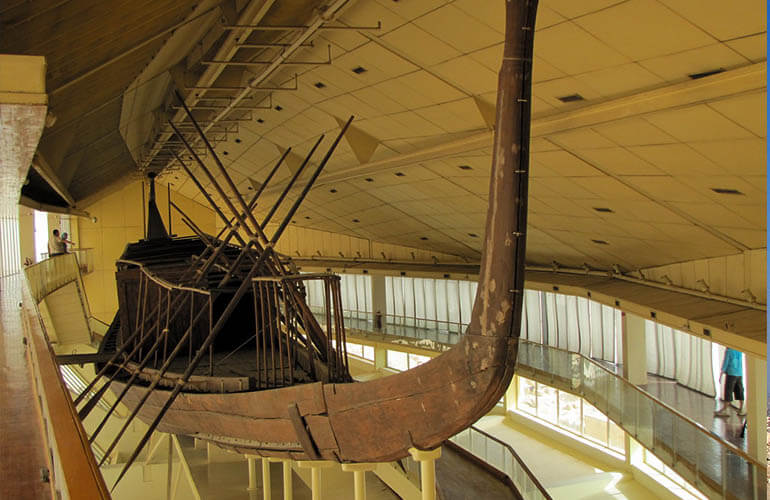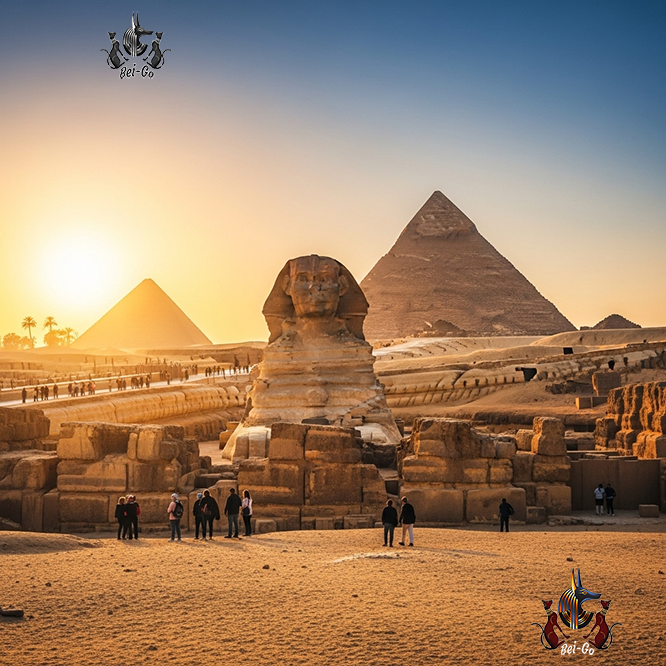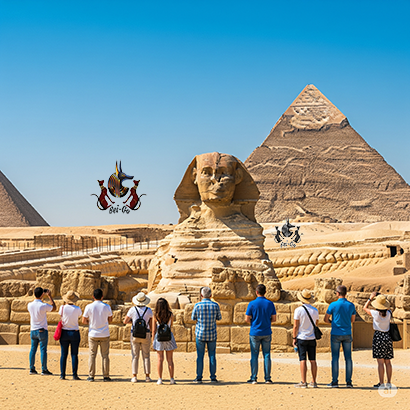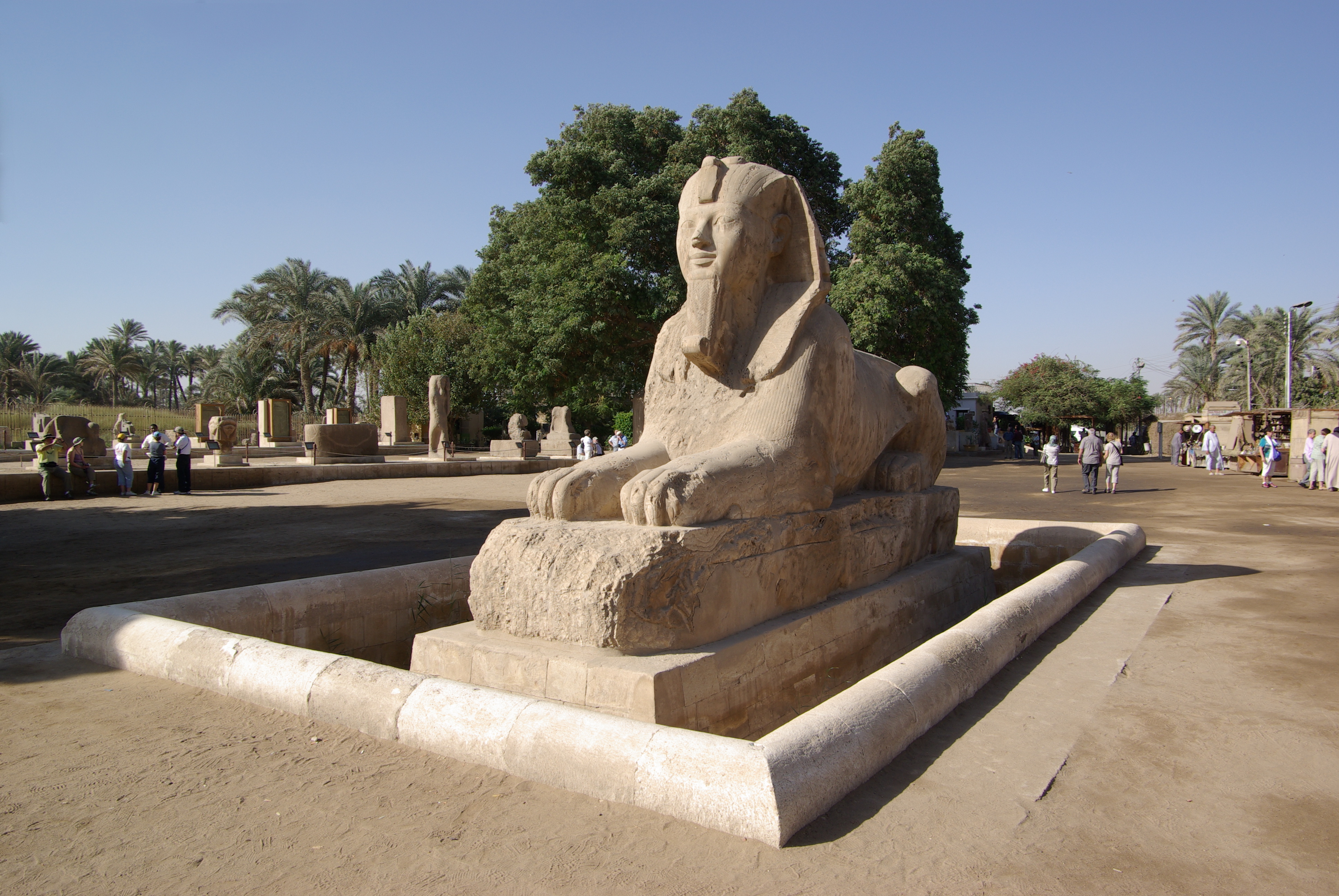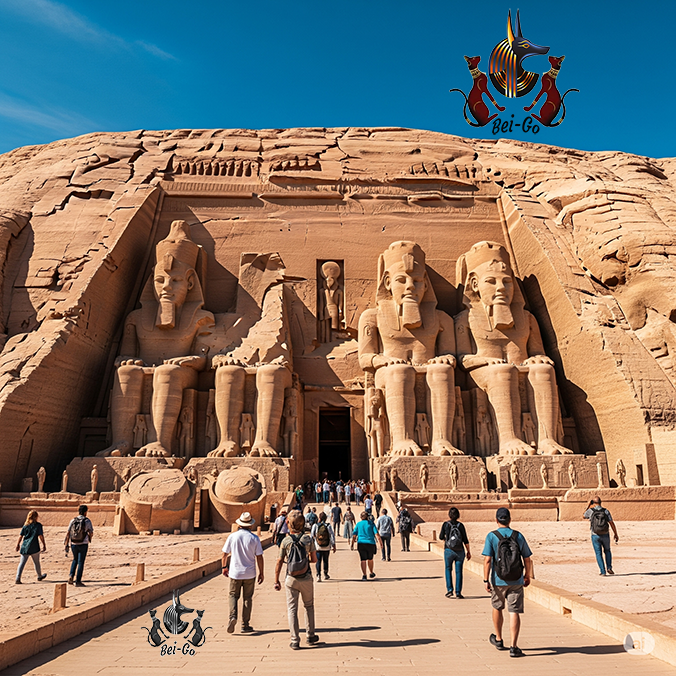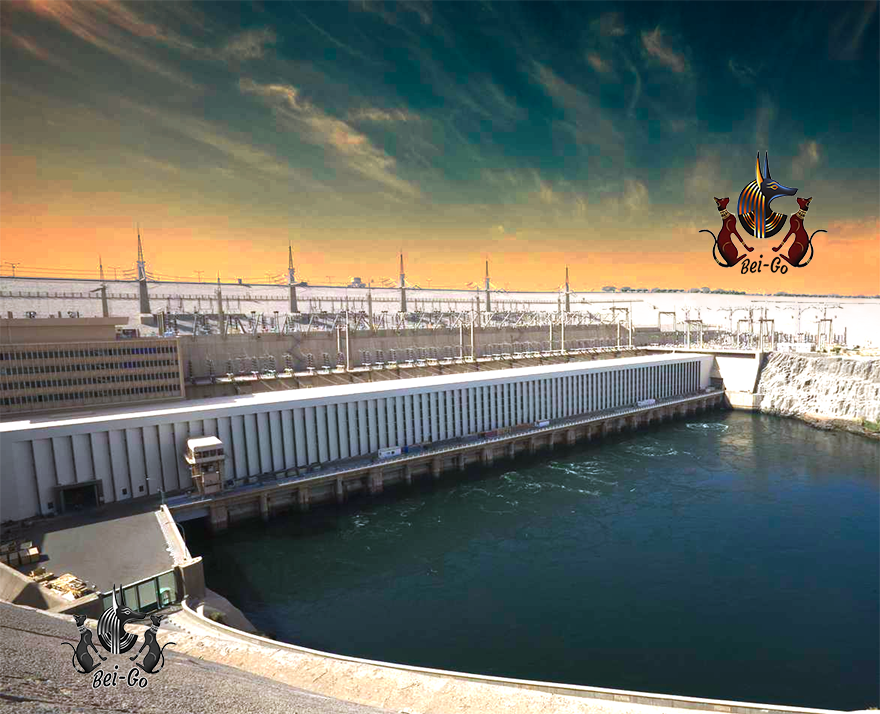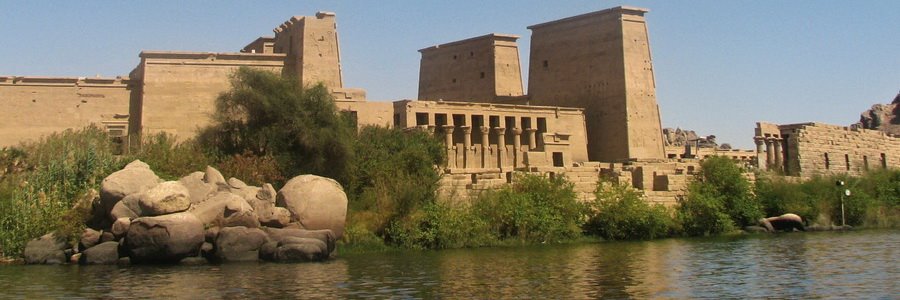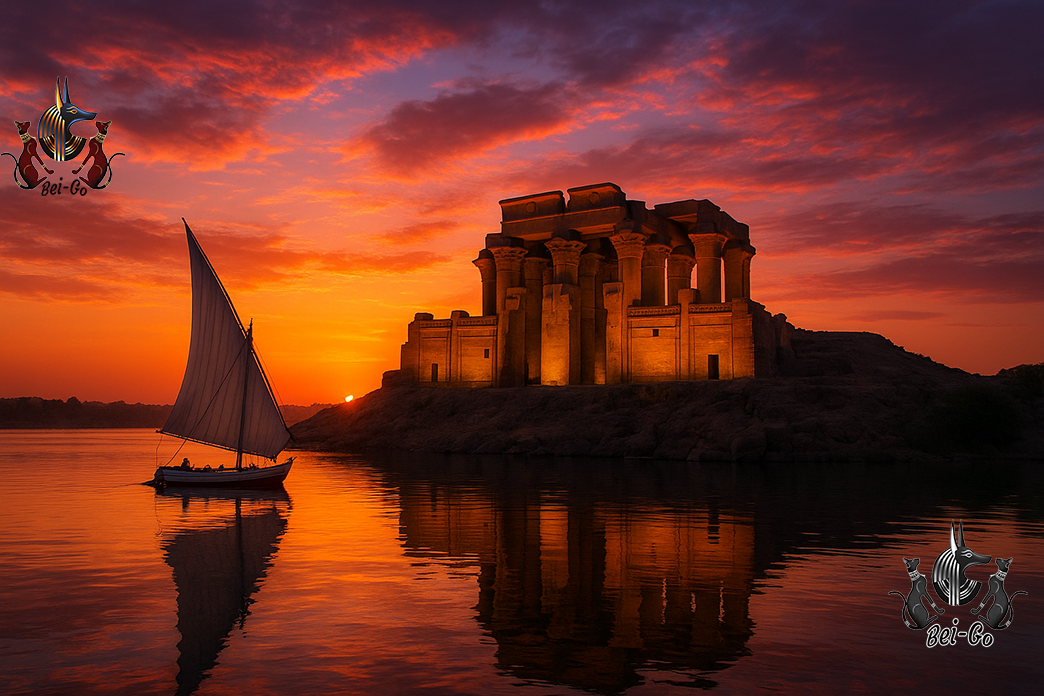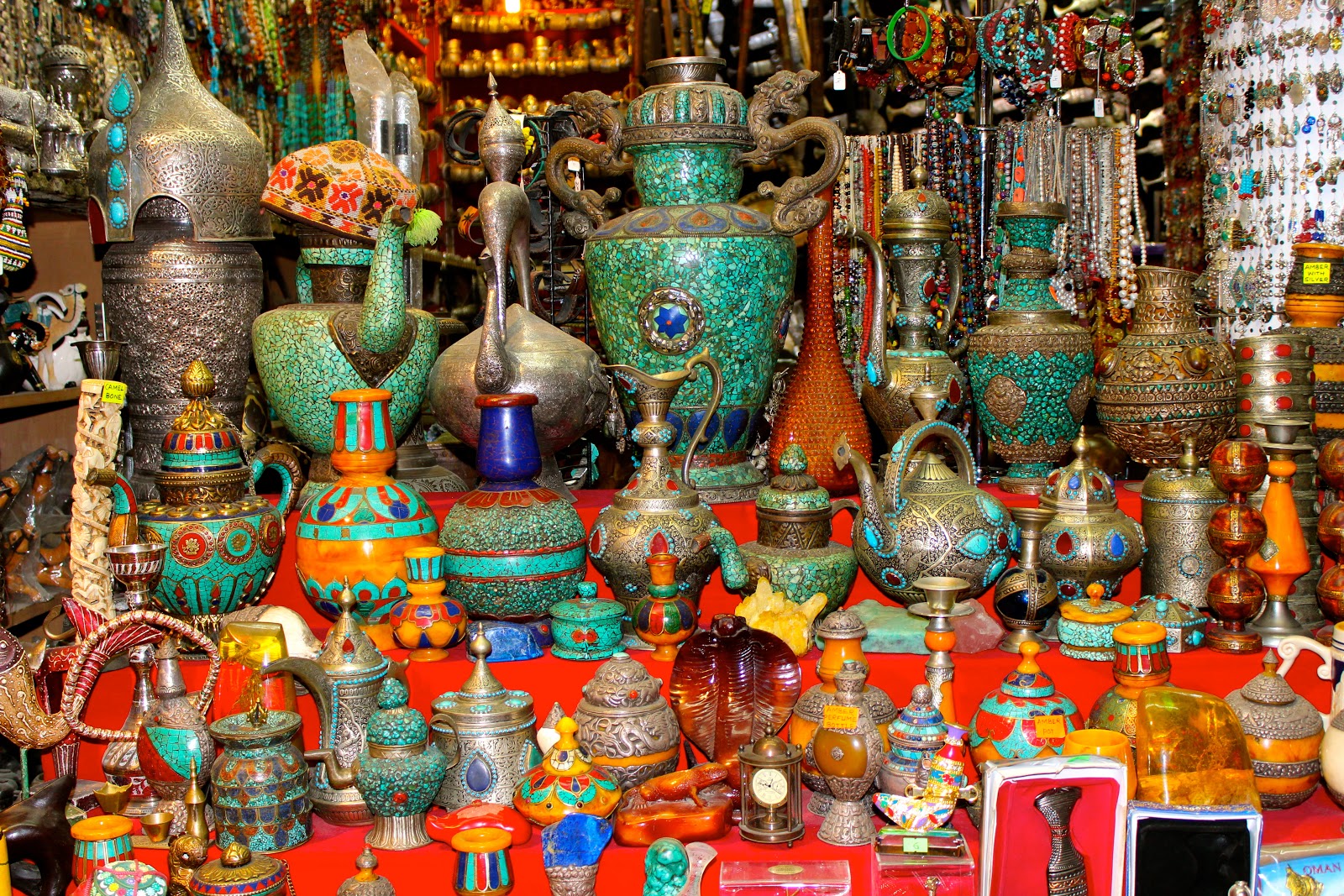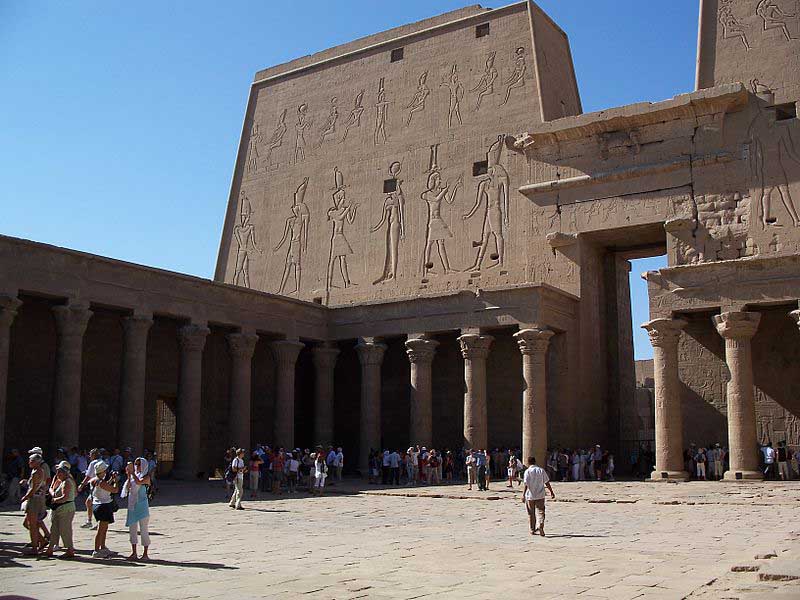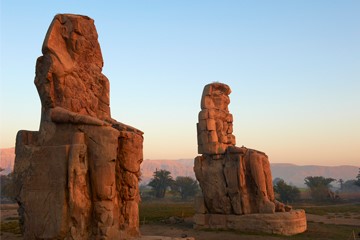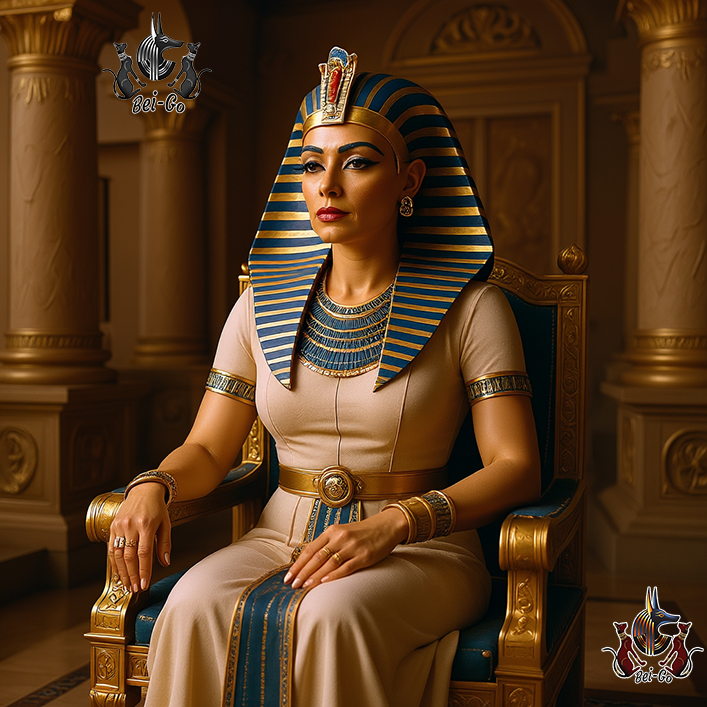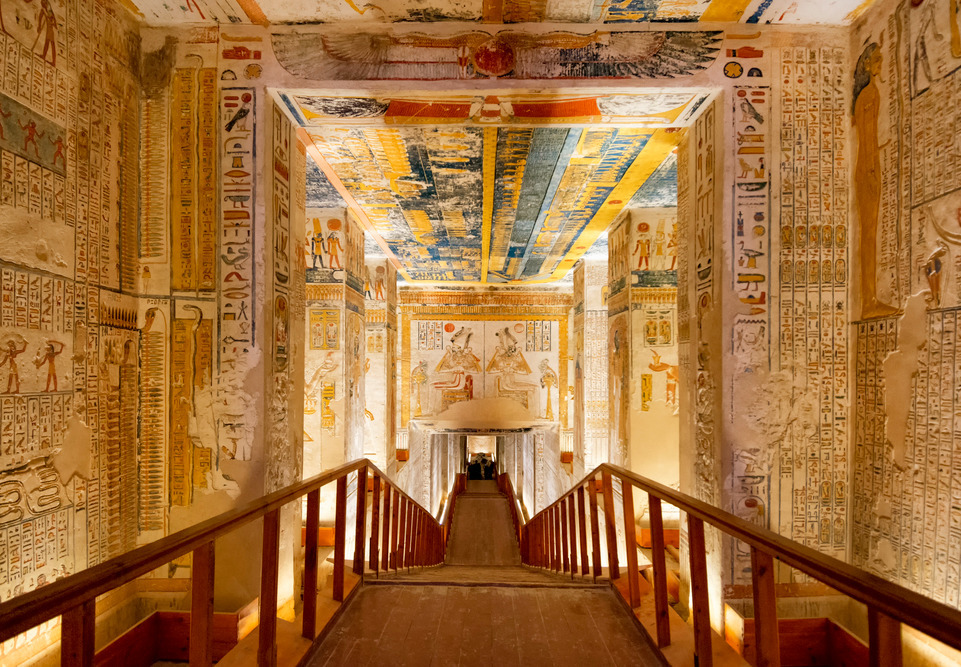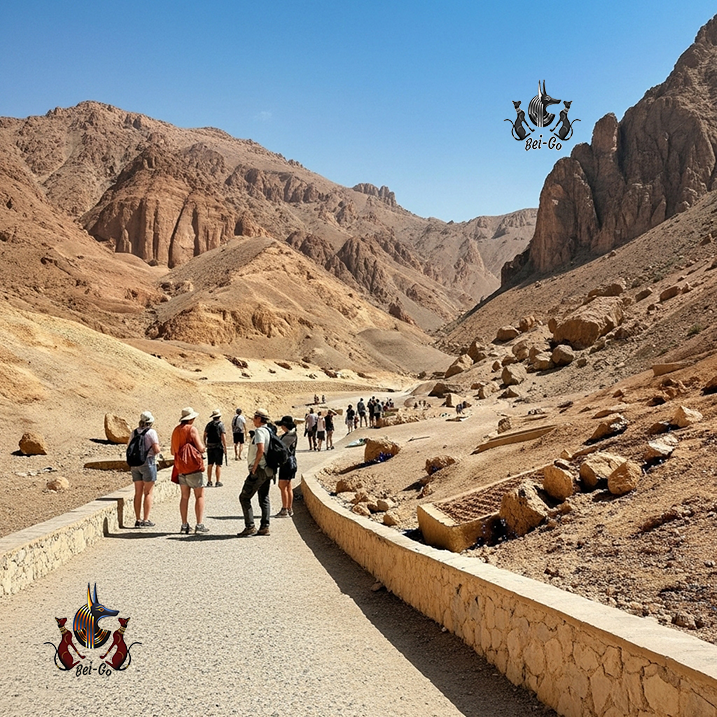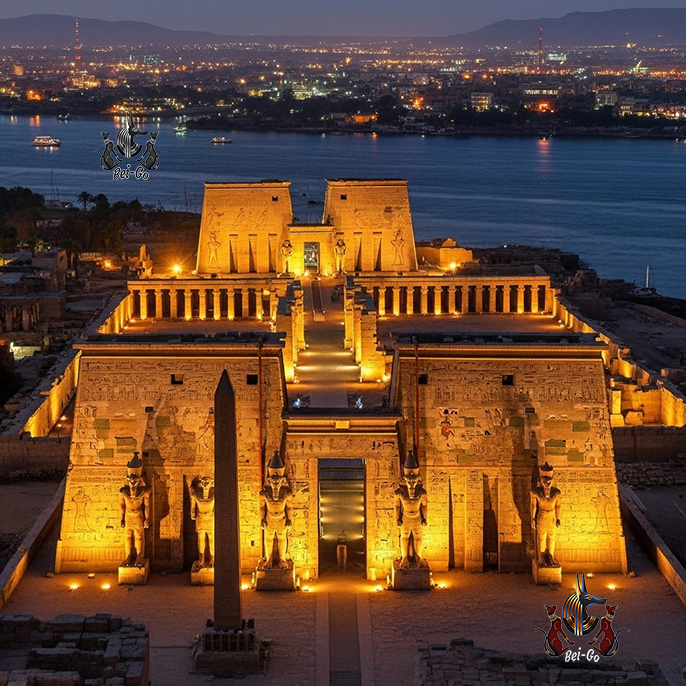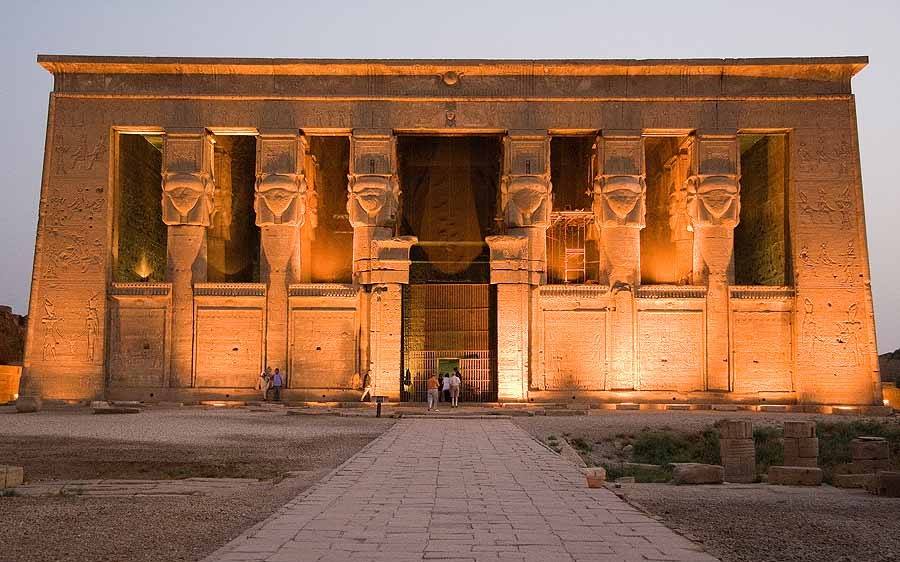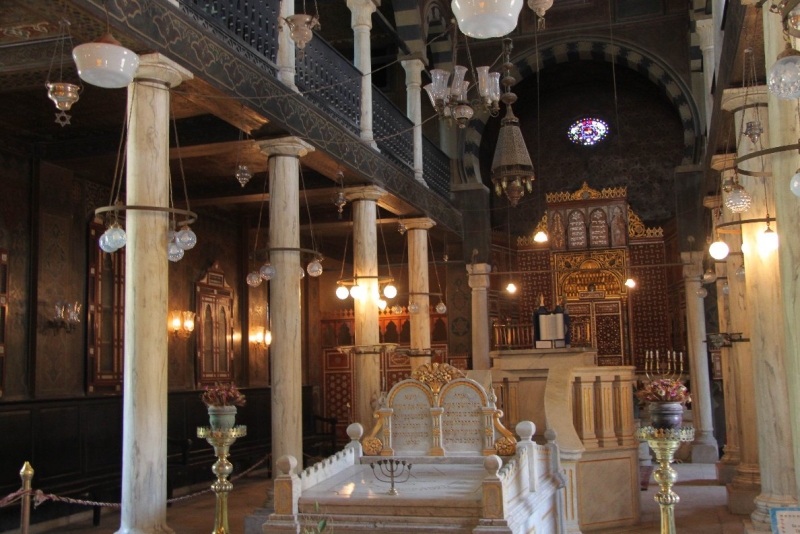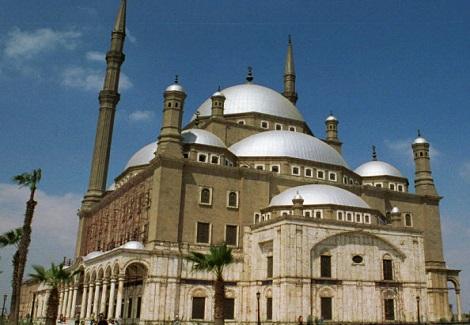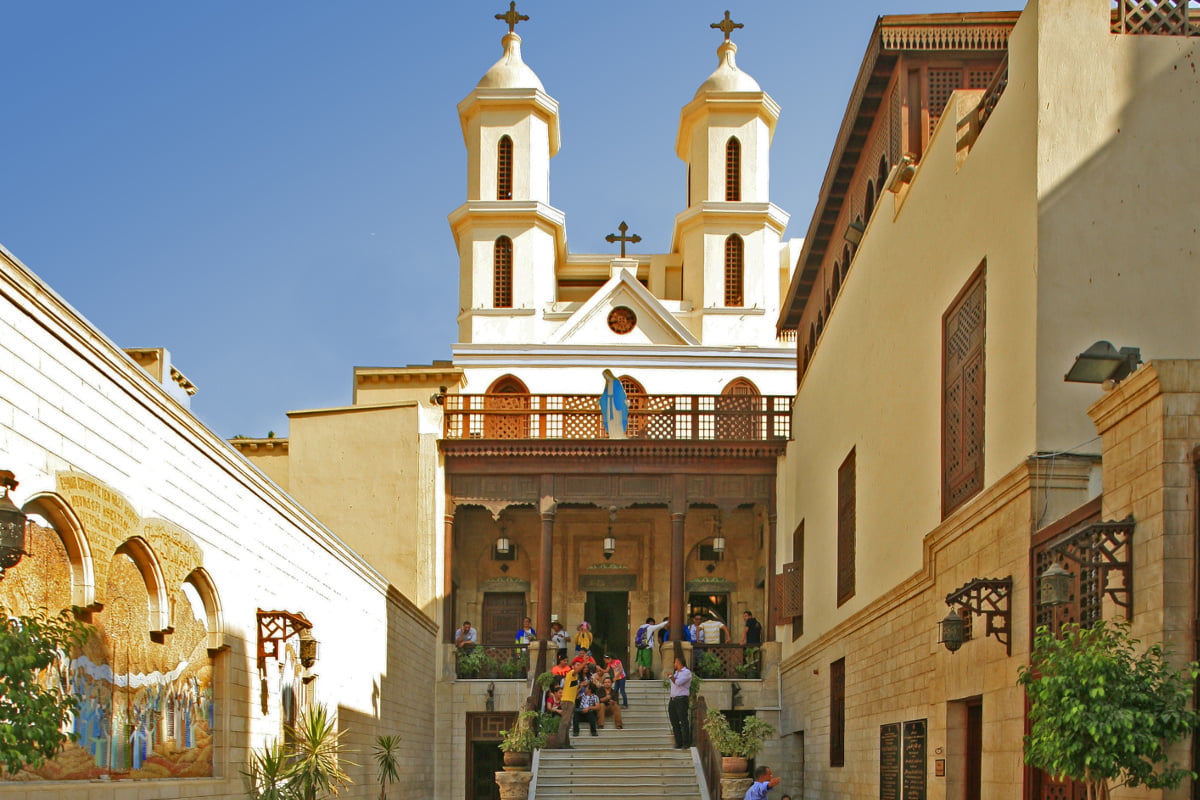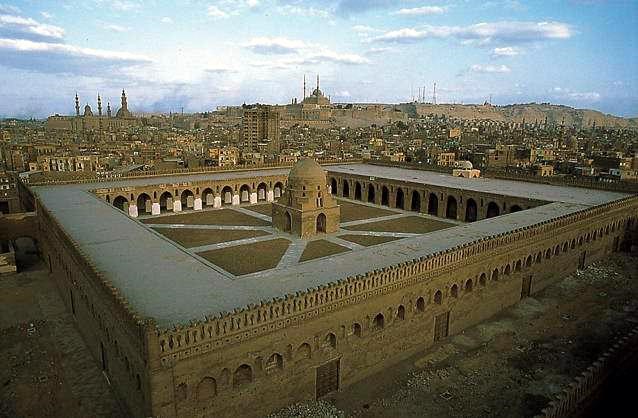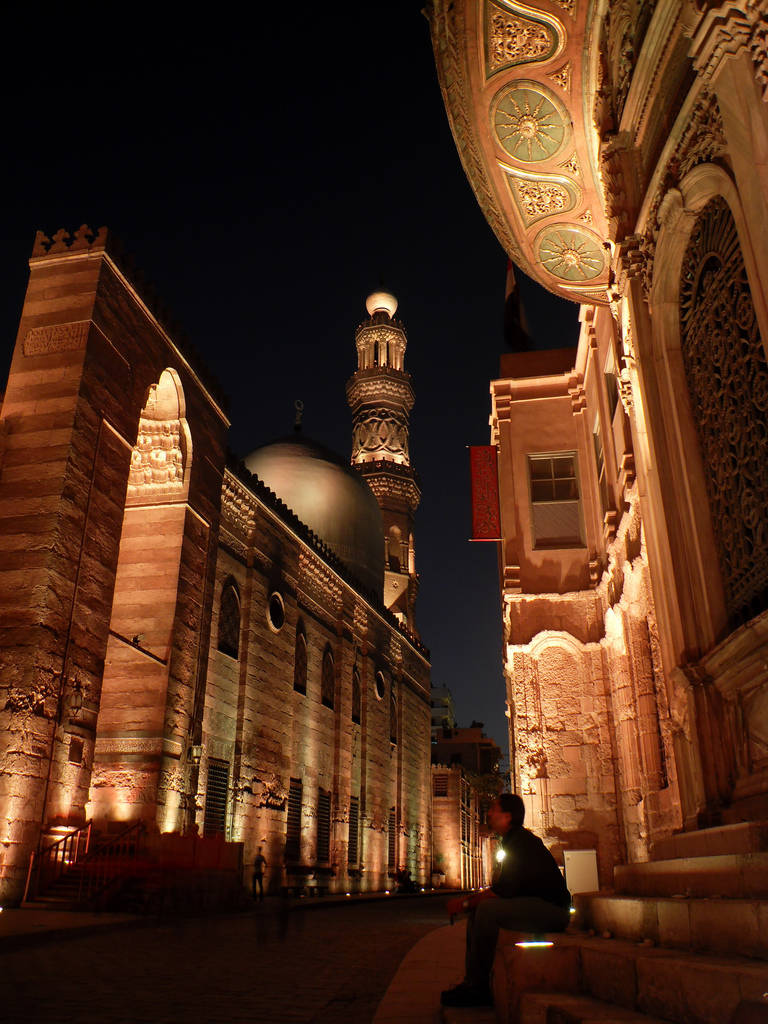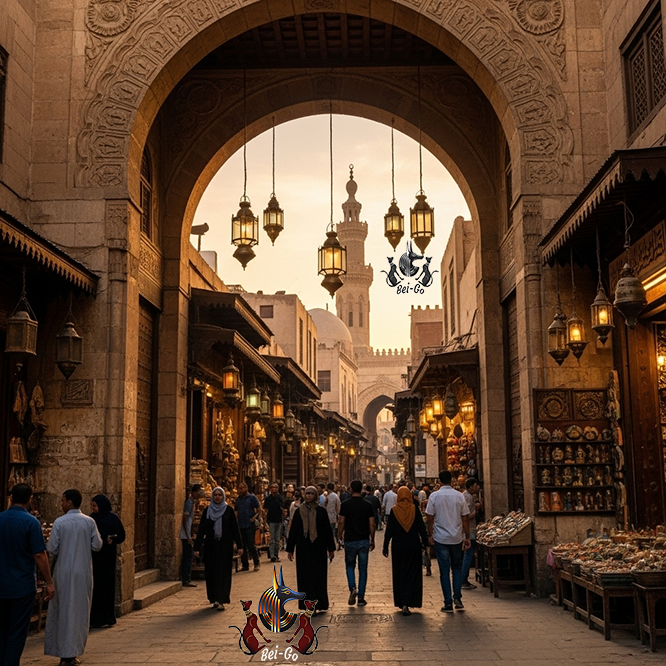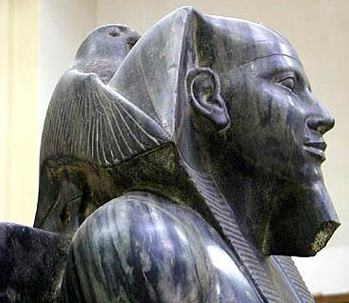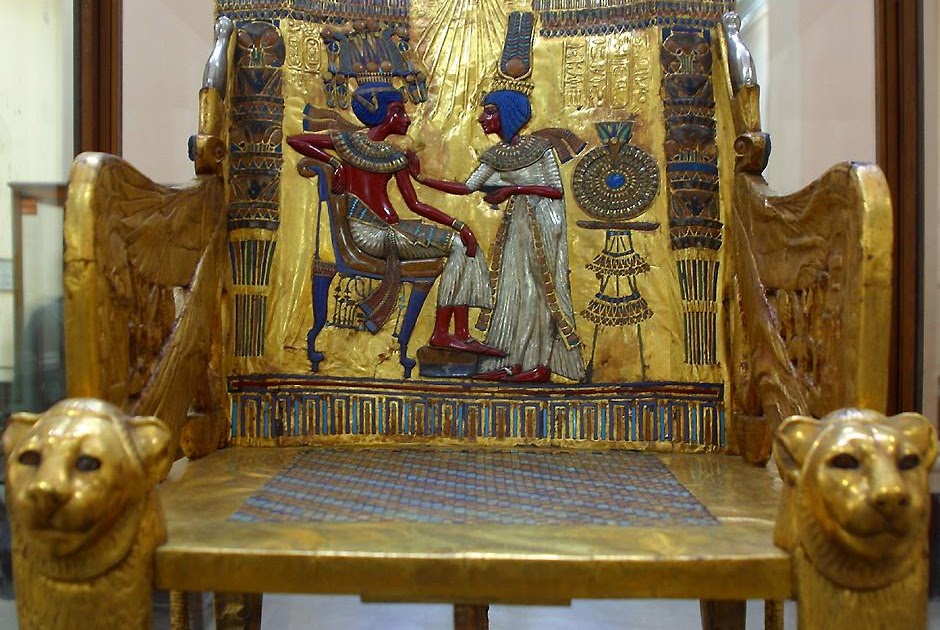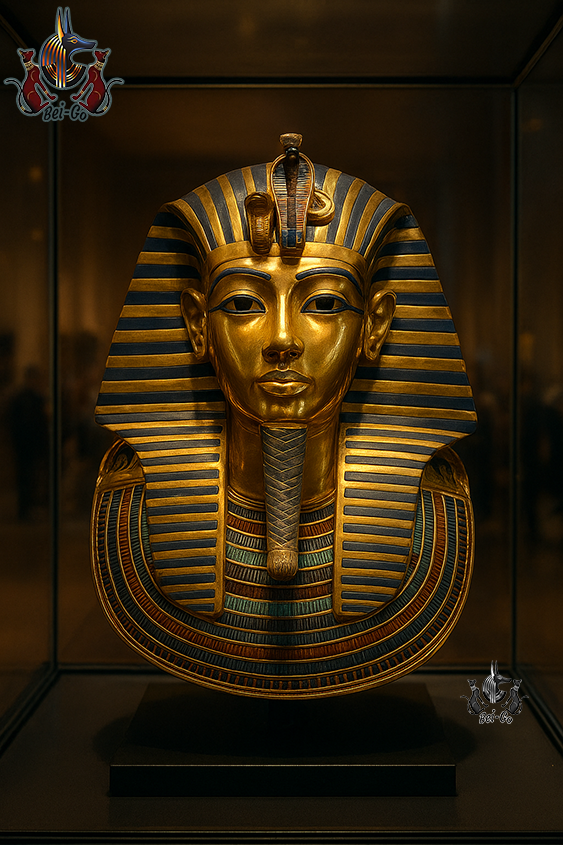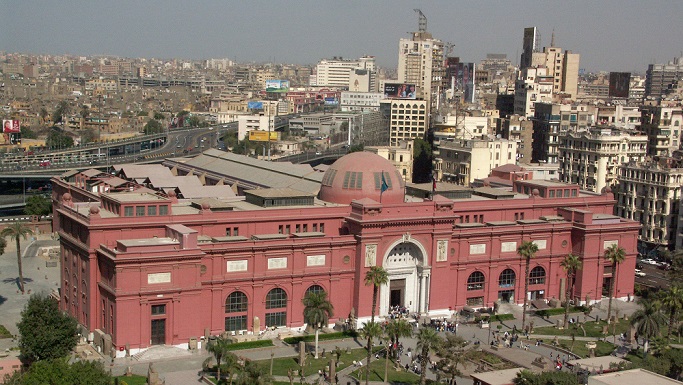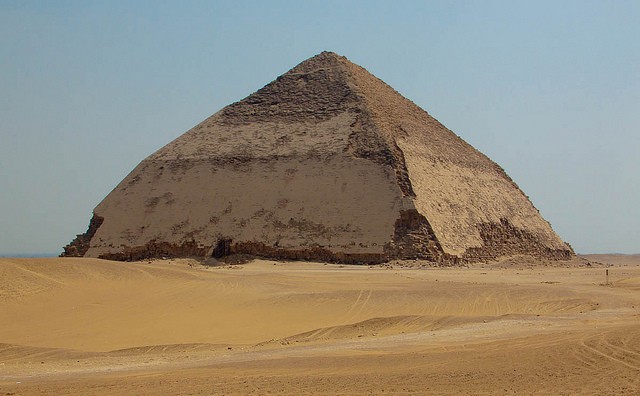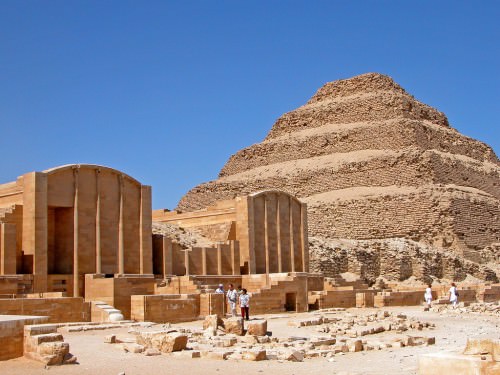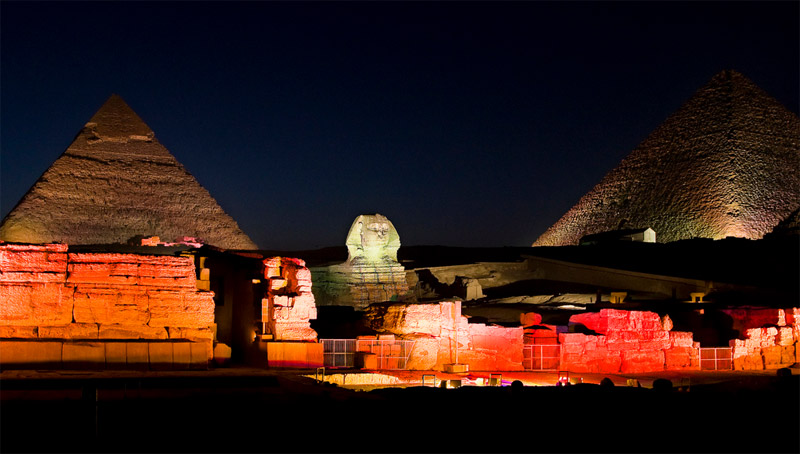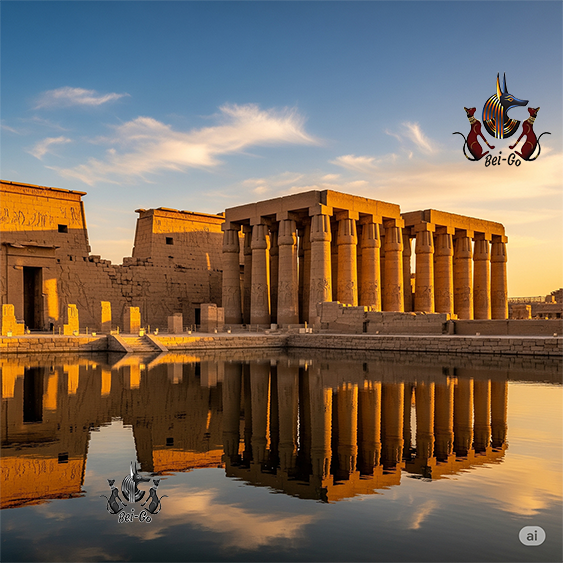
The Karnak Temple Complex: A Guide to the Must-See Treasures & History

Step past the brochures and the polished photos. What if you could walk through a place where pharaohs literally competed to build the grandest monuments in history? The Temple of Karnak is not just a ruin; it is a sacred city, a story carved in stone that spans 1,500 years. Yet, most visitors only scratch the surface, walking away with just a few photos. This article is your key to going deeper. In this guide, we'll reveal the untold stories and mysteries that transform a simple visit into an epic adventure. We'll show you why a knowledgeable travel guide, like Bei-Go for Tours, is the key to unlocking the true spirit of this awe-inspiring place.
A Legacy Built by Pharaohs, Across Millennia
The uniqueness of the Temple of Karnak lies in its long and continuous evolution. Unlike many archaeological sites built in a single era, Karnak is the result of an ambitious construction project spanning more than thirty dynasties, from the Old Kingdom to the Ptolemaic era. Begun around 2055 BC, each successive pharaoh left their mark, adding pylons, courtyards, chapels, and obelisks to glorify the gods and cement their divine connection. Its golden age coincided with the New Kingdom, when Thebes (modern Luxor) became the capital. Pharaohs such as Hatshepsut, Thutmose III, Seti I, and the great Ramesses II literally competed in grandeur, transforming the complex into the religious, administrative, and economic heart of the empire. Exploring Karnak means walking through a tangible timeline, where the art and architecture of different eras coexist in one spectacular open-air museum.
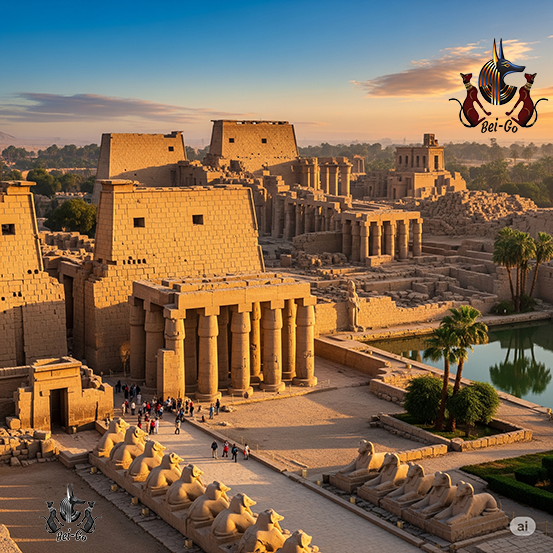
Architectural Marvels: The Must-See Treasures of the Complex
The Karnak complex is immense, but some monuments are must-sees that leave visitors breathless. At the heart of the Precinct of Amun-Ra lies the legendary Great Hypostyle Hall. Entering this space is a humbling experience: 134 colossal sandstone columns rise towards the sky, creating a labyrinth of stone. The 12 central columns, over 21 meters high, represent open papyrus flowers, while the side ones imitate closed buds. Every inch is covered with intricate reliefs and hieroglyphs narrating military campaigns and sacred rituals. Beyond the hall, the tranquil Sacred Lake, once used by priests for purification, offers a reflective pause. Not far away, the Obelisk of Hatshepsut rises proudly as a tribute to the power of one of the few female pharaohs. Finally, the Avenue of Ram-headed Sphinxes, which once connected Karnak to the Temple of Luxor, offers a striking glimpse into the monumental vision of the ancient Egyptians.
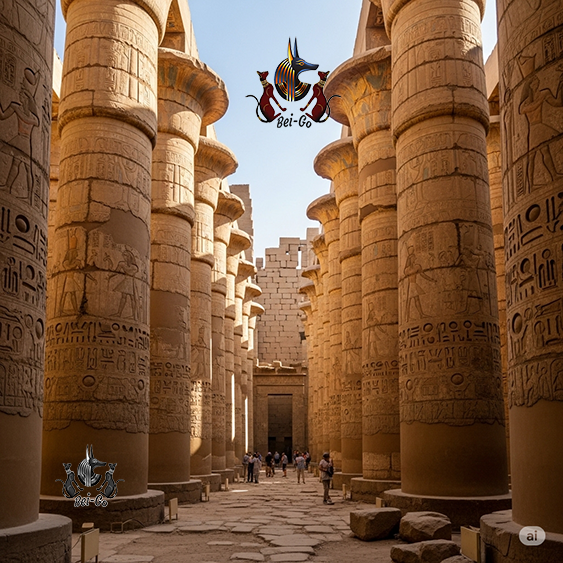
Symbols and Spirituality: Reading the Language of Stone
Karnak is not just an architectural wonder; it is a textbook of ancient spirituality. Every element carried symbolic meaning, designed to replicate the cosmos and facilitate the connection between the divine and the human. The Great Hypostyle Hall, for example, was not just a hall, but a stone representation of the mythical primordial swamp of Nun, from which the mound of creation emerged. The columns symbolized papyrus reeds, and the ceiling (now partially collapsed) was painted with golden stars, representing the sky. Even the famous Giant Scarab statue, near the Sacred Lake, holds deep meaning. It represents Khepri, the rising sun god, and is believed to bring luck to those who walk around it seven times. Relying on an expert guide, such as those from Bei-Go for Tours, is essential to decipher these hidden codes. Their knowledge transforms a visit from mere observation into a profound dialogue with the beliefs that shaped a civilization.
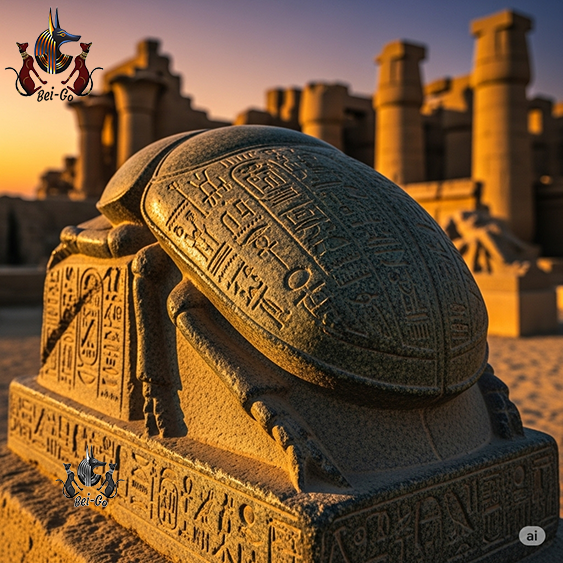
The Avenue of Sphinxes: Reconnecting Two Sacred Cities
Beyond the central complex, a monumental rediscovery awaits travelers. The Avenue of Sphinxes, a 2.7-kilometer ancient road once lined with over 1,350 sphinx statues, has been fully excavated and restored after millennia beneath the sands. This magnificent avenue served as a processional route connecting the Precinct of Amun-Ra at Karnak with the Temple of Luxor, a spiritual and architectural link between two of Egypt's most important religious sites. Walking down this path today, flanked by these mythical creatures, is a powerful experience, allowing you to trace the footsteps of ancient priests and pharaohs who once made this pilgrimage. It’s a testament to the scale of ancient Egyptian ambition, and a must-see addition to any modern journey. A well-planned itinerary from a skilled travel agent ensures you experience this and more.
Your Journey, Simplified: Expert Tips and a Guide's Touch
Navigating a destination with this much history and scale can be overwhelming. Organizing a trip to the Temple of Karnak requires careful planning to maximize comfort and learning. The best hours to visit are early morning (at opening) or late afternoon to avoid the intense midday heat and largest crowds. Comfortable shoes are non-negotiable for walking across the extensive grounds, and a hat, sunglasses, and a refillable water bottle are essential. Plan for at least 3-4 hours to explore the complex without rushing. Don't miss the evening Sound & Light Show, where the temple is beautifully illuminated as voices narrate stories of pharaohs and gods. Planning such a trip may seem complex, but that’s where we come in. Bei-Go for Tours creates tailor-made itineraries for your Egypt trip, seamlessly integrating the visit to the Temple of Karnak with other Luxor wonders.
Beyond the Stones: Your Journey into Eternity
The Temple of Karnak is more than a checklist attraction; it is a bridge to a glorious past, a place that inspires wonder and deep reverence for human ingenuity. It is the undisputed centerpiece of any journey to the land of the pharaohs, a memory that will remain carved in your mind as surely as hieroglyphs are etched into its walls. The majesty of Karnak can be the heart of your next adventure, a personal pilgrimage into the eternal history of Egypt. The key to unlocking its full potential lies in a well-curated tour that brings the stones to life. At Bei-Go for Tours, we are here to turn that dream into reality, with the expertise and attention to detail you deserve. From Nile cruises to Red Sea stays, we craft seamless experiences. Discover our curated tours to explore Luxor and experience the magic of Egypt.




